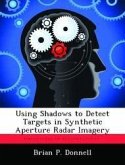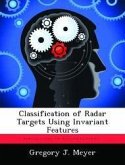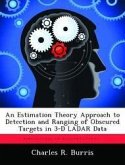The SCUD hunt problem that emerged during Operation Desert Storm has become a source of great interest to major commands like Air Combat Command. One of the metrics used to measure the effectiveness of our operations in a SCUD hunt is time to detect and target. We use the agent-based System Effectiveness and Analysis Simulation (SEAS) to provide a simulation environment in which all the elements of a SCUD hunt mission can adequately be modeled. Our Blue Force agents are modeled as multirole fighters, satellites and unmanned aerial vehicles (UAV) with various sensor capabilities. The Red Force agents are modeled as SCUD transporter/erector/launchers (TEL). Particular interest is paid to the effectiveness of various sensors modeled in a set of scenarios following an experimental design. Four measures of performance (MOP) were fashioned to provide insight into the contribution of sensors at work in a SCUD hunt. These MOPs were evaluated to show any statistically significant differences between various mixes of sensors.
Hinweis: Dieser Artikel kann nur an eine deutsche Lieferadresse ausgeliefert werden.
Hinweis: Dieser Artikel kann nur an eine deutsche Lieferadresse ausgeliefert werden.








